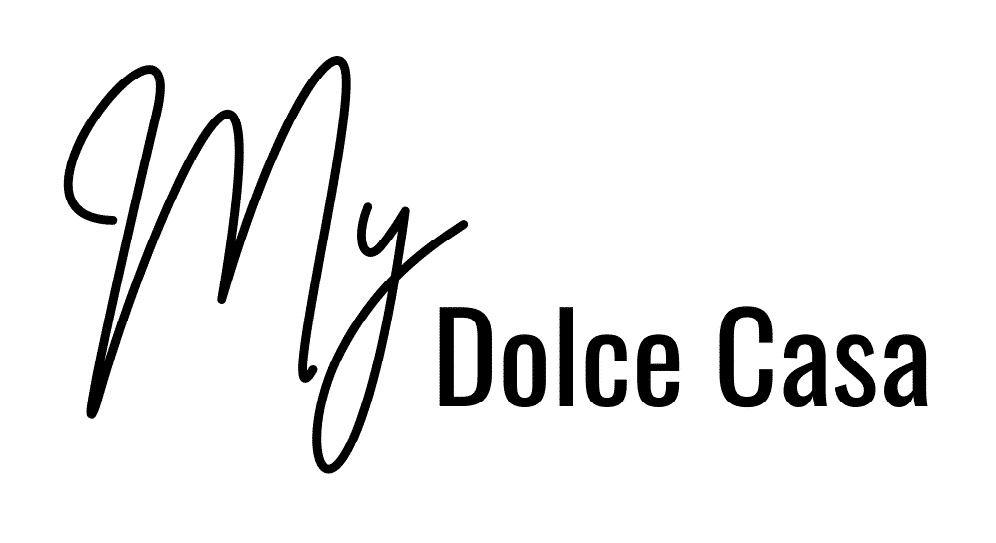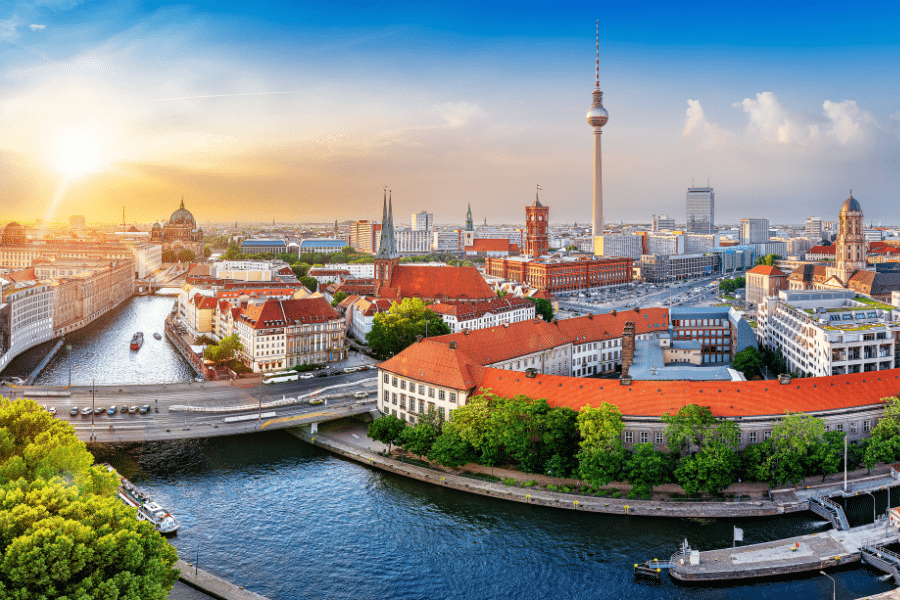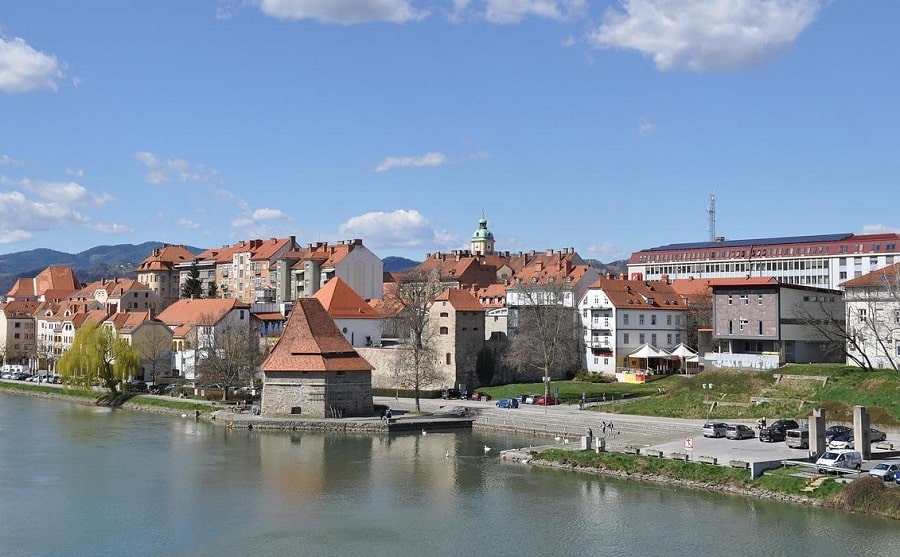When it comes to earning a living, the stark differences in minimum wage laws can be a deciding factor for people contemplating a move abroad. For Americans looking to work overseas, salary comparisons with European countries shed light on how much people earn in Europe versus the United States.
My Dolce Casa‘s analysis of recently published Eurostat data reveals where in Europe are the highest minimum wages. Surprisingly, there are as many as 8 countries in Europe that have a higher minimum wage than economic powerhouse United States. They are Luxembourg, Ireland, Netherlands, Germany, Belgium, France, Spain and Slovenia, where the minimum incomes at the start of 2024 are all above U.S.’s €1,137 per month.
Minimum wages in the top 4 countries are above €2,000 per month, while in 17 countries they are below €1,000. However, the countries at the lower end of the list are making great strides in increasing the threshold. The fastest rising minimum wages in Europe are in Albania, Latvia and Montenegro, up more than 60% since 2020, while U.S. wages remained flat, up only 2% in five years.
Here’s how the United States measures up against its transatlantic counterparts in terms of minimum monthly wages in 2024.
1. Luxembourg
- Minimum Monthly Wage: €2,571
- 5-Year Change: 20%
Luxembourg sits at the very top of minimum wage rankings, offering a generous pay of €2,571 even for the lowest income brackets that reflects its high standard of living and robust social welfare system.
Luxembourg's economy is characterized by a strong financial sector, competitive manufacturing, and a burgeoning ICT (Information and Communication Technology) sector, all supported by a high level of productivity and a multilingual workforce.
2. Ireland
- Minimum Monthly Wage: €2,146
- 5-Year Change: 30%
In 2024, Ireland stands out with the second highest minimum monthly wage of €2,146, demonstrating a remarkable 30% increase over the past five years. This upsurge is a reflection of Ireland's dynamic economy, which has recovered robustly from past financial challenges to become one of the fastest-growing economies in the Eurozone.
Known for its favorable corporate tax rates, Ireland has become an attractive hub for multinational corporations, particularly in technology, pharmaceuticals, and finance.
3. Netherlands
- Minimum Monthly Wage: €2,070
- 5-Year Change: 25%
In the Netherlands, the minimum monthly wage as of 2024 was an impressive €2,070, with a 25% increase over a five-year period. The Dutch economy, known for its stable industrial relations, moderate unemployment, and inflation, has consistently been a paragon of a well-functioning modern economy. It is underpinned by a diverse industrial base, with a strong focus on foreign trade, particularly in food processing, chemicals, petroleum refining, and electrical machinery.
This rise goes hand in hand with the Dutch model of a cooperative market economy, where wage growth is often negotiated between employers, unions, and the government.
4. Germany
- Minimum Monthly Wage: €2,054
- 5-Year Change: 33%
As of 2024, Germany's minimum monthly wage has been set at €2,054, marking a notable increase of 33% over the last five years. This substantial rise is indicative of Germany's strong economy, underpinned by its powerhouse manufacturing sector, skilled labor force, and emphasis on innovation.
As Europe's largest economy and the world's fourth-largest by nominal GDP, Germany is renowned for its engineering expertise, automotive industry, and commitment to high-quality manufacturing, which is bolstered by a system of vocational training combining on-the-job learning and formal education.
5. Belgium
- Minimum Monthly Wage: €1,994
- 5-Year Change: 25%
In fifth place, Belgium's minimum monthly wage is €1,994, after a substantial 25% increase over the preceding five years. Belgium's economy, characterized by a highly productive workforce and a well-developed transport network, benefits from its geographical position at the heart of a highly industrialized region of Europe.
The country has a diverse industrial base, with strengths in manufacturing, pharmaceuticals, and services, especially in the Flemish region, which contributes significantly to its GDP.
6. France
- Minimum Monthly Wage: €1,767
- 5-Year Change: 15%
The sixth highest income in Europe, France has a minimum monthly wage at €1,767, a 15% increase from five years prior. This growth in minimum wage is a testament to France's mixed economy, which combines extensive private enterprise with substantial state enterprise and government intervention.
The country is known for its strong aerospace, automotive, and luxury goods industries, underpinned by a well-educated labor force. Despite facing some economic challenges, France continues to be one of the world's largest economies and a leader within the European Union.
7. Spain
- Minimum Monthly Wage: €1,323
- 5-Year Change: 19%
Spain's minimum monthly wage is €1,323, marking a 19% increase over the last five years. This increment reflects Spain's recovering economy, which is largely service-oriented, with services accounting for more than half of the GDP. The country is also a significant player in the agriculture and manufacturing sectors, with a particular emphasis on the automotive industry.
8. Slovenia
- Minimum Monthly Wage: €1,254
- 5-Year Change: 33%
The minimum wage in Slovenia is €1,254, surprisingly one of the highest in Europe, considering its size. Slovenia's economy thrives on a mix of manufacturing, especially in pharmaceuticals and automotive parts, and a robust service sector highlighted by banking, telecommunications, and a vibrant tourism industry due to its scenic natural beauty.
Its strategic location supports its significant export-oriented industry and makes it a key logistics and transportation hub in the region. Additionally, agriculture and high-tech industries, including information technology and green technologies, play pivotal roles in diversifying Slovenia's economic landscape.
9. United States
- Minimum Monthly Wage: €1,137
- 5-Year Change: 2%
The minimum wage in the U.S. according to Eurostat is €1,137, an amount that has remained virtually unchanged over the last five years. The US finds itself lagging behind in the minimum wage race, surpassed by Luxembourg, Ireland, Netherlands and five other European countries.
While the U.S. boasts a strong economy on the global stage, when compared with the progressive wage landscapes of Europe, it comes out short when it needs to ensure a decent minimum income threshold. For those considering an international move for work, these numbers reveal a broader narrative of economic priorities and the value placed on labor across the Atlantic.
10. Eastern European Countries
- Poland: €978 (60% increase)
- Lithuania: €924 (52% increase)
- Romania: €663 (42% increase)
The eastern flank of Europe shows dynamic growth, with countries like Poland, Lithuania, and Romania making significant strides in raising the minimum wage, reflecting their developing economies and increasing competitiveness.
11. Balkan Countries
- Montenegro: €533 (61% increase)
- Albania: €385 (80% increase)
The sun-kissed Mediterranean and rugged Balkans are not just tourist havens but also regions with some of the highest percentage increases in minimum wages, indicating a positive trend for workers.
Worth noting is that some European countries did not set a minimum wage. They include Denmark, Italy, Austria, Finland, Sweden, Iceland, Norway, and Switzerland.













Leave a Comment